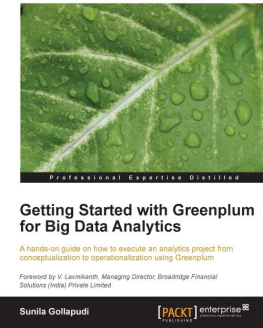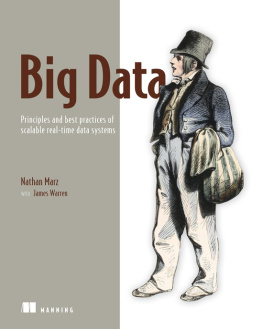Note
Safari Books Online (www.safaribooksonline.com) is an on-demand digital library that delivers expert content in both book and video form from the worlds leading authors in technology and business.
Technology professionals, software developers, web designers, and business and creative professionals use Safari Books Online as their primary resource for research, problem solving, learning, and certification training.
Safari Books Online offers a range of product mixes and pricing programs for organizations, government agencies, and individuals. Subscribers have access to thousands of books, training videos, and prepublication manuscripts in one fully searchable database from publishers like OReilly Media, Prentice Hall Professional, Addison-Wesley Professional, Microsoft Press, Sams, Que, Peachpit Press, Focal Press, Cisco Press, John Wiley & Sons, Syngress, Morgan Kaufmann, IBM Redbooks, Packt, Adobe Press, FT Press, Apress, Manning, New Riders, McGraw-Hill, Jones & Bartlett, Course Technology, and dozens more. For more information about Safari Books Online, please visit us online.
How to Contact Us
Please address comments and questions concerning this book to the publisher:
| OReilly Media, Inc. |
| 1005 Gravenstein Highway North |
| Sebastopol, CA 95472 |
| 800-998-9938 (in the United States or Canada) |
| 707-829-0515 (international or local) |
| 707-829-0104 (fax) |
We have a web page for this book, where we list errata, examples, and any additional information. You can access this page at http://oreil.ly/gs_storm.
To comment or ask technical questions about this book, send email to .
For more information about our books, courses, conferences, and news, see our website at http://www.oreilly.com.
Find us on Facebook: http://facebook.com/oreilly
Follow us on Twitter: http://twitter.com/oreillymedia
Watch us on YouTube: http://www.youtube.com/oreillymedia
Acknowledgements
First and foremost, we would like to thank Nathan Marz who created Storm. His effort working on this open source project is really admirable. We also would like to thank Dirk McCormick for his valuable guidance, advice, and corrections. Without his precious time spent on this book, we wouldnt have been able to finish it.
Additionally, we would like to thank Carlos Alvarez for his awesome observations and suggestions while reviewing the book.
We would like to thank Shawn Wallace from OReilly for guiding us through the writing and reviewing process and for providing us with a good environment and facilities to complete the project.
Also, we would like to take this opportunity to thank MercadoLibre for giving us the time to play with Storm in real-world applications. It gave us an opportunity to learn a lot about Storm.
Finally, an honorable mention goes to our families and friends for their understanding and support for us in completing this project. Without the help of the people mentioned above, we would never have made it here.
Chapter 1. Basics
Storm is a distributed, reliable, fault-tolerant system for processing streams of data. The work is delegated to different types of components that are each responsible for a simple specific processing task. The input stream of a Storm cluster is handled by a component called a spout . The spout passes the data to a component called a bolt , which transforms it in some way. A bolt either persists the data in some sort of storage, or passes it to some other bolt. You can imagine a Storm cluster as a chain of bolt components that each make some kind of transformation on the data exposed by the spout.
To illustrate this concept, heres a simple example. Last night I was watching the news when the announcers started talking about politicians and their positions on various topics. They kept repeating different names, and I wondered if each name was mentioned an equal number of times, or if there was a bias in the number of mentions.
Imagine the subtitles of what the announcers were saying as your input stream of data. You could have a spout that reads this input from a file (or a socket, via HTTP, or some other method). As lines of text arrive, the spout hands them to a bolt that separates lines of text into words. This stream of words is passed to another bolt that compares each word to a predefined list of politicians names. With each match, the second bolt increases a counter for that name in a database. Whenever you want to see the results, you just query that database, which is updated in real time as data arrives. The arrangement of all the components (spouts and bolts) and their connections is called a

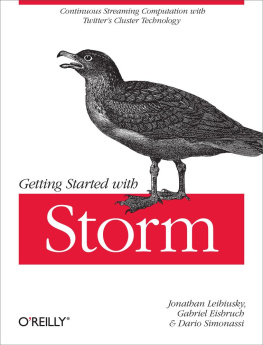
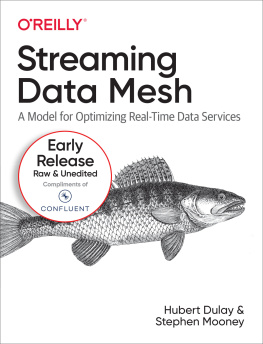

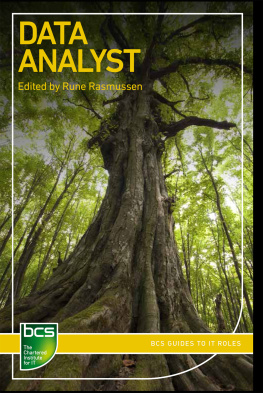
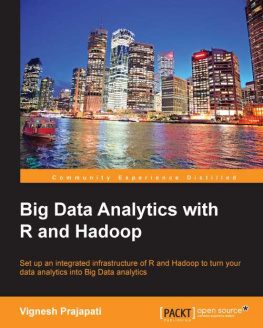

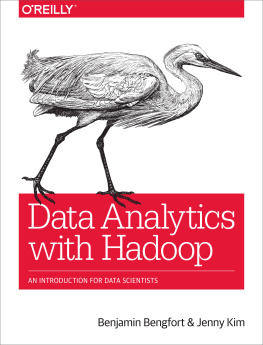
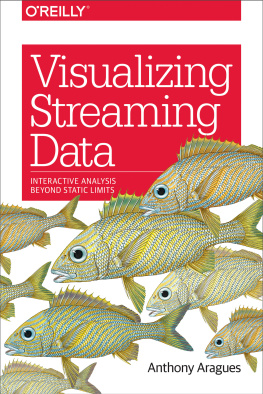
![EMC Education Services [EMC Education Services] - Data Science and Big Data Analytics: Discovering, Analyzing, Visualizing and Presenting Data](/uploads/posts/book/119625/thumbs/emc-education-services-emc-education-services.jpg)
